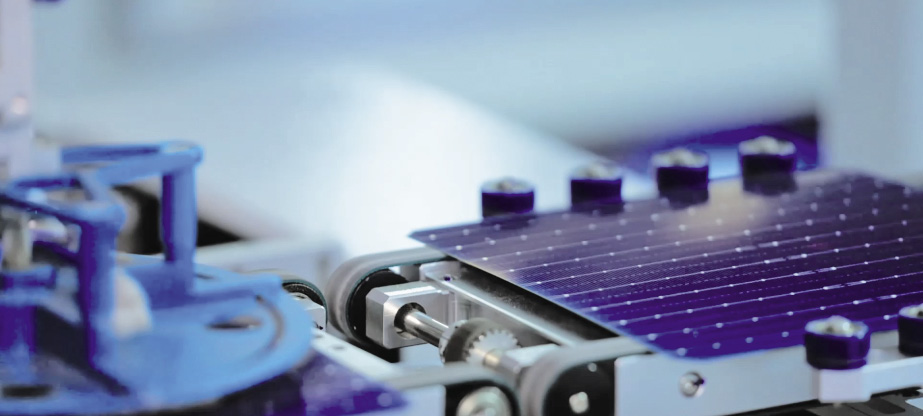A Chinese-Australian research group has developed a monolithic perovskite-silicon n-type tandem solar cell based on tunnel oxide passivated contacts (TOPCon) tech for the bottom cell.
“We fabricate the perovskite sub-cell conformally on the damage-etched front surface to mitigate the negative impacts of rough c-Si substrates, thus preventing shunt paths across carrier transport layers, absorber layers, and their interfaces in relevance,” the scientists said, noting that they followed a standard wafering and etching process that is commonly used in the PV industry.
They said this strategy benefits from the synergetic effects of the functional layers and interfaces, while minimizing the shunting probability during device fabrication.
They built the 1cm2 cell with a dense hole transport layer based on nickel(II) oxide (NiOx) with a thickness of 10 nm. The research group said this minimizes the likelihood of pinholes that can result in shunt paths. PolyTPD, which is an excellent hole transport layer material and an electron-blocking material, was used to passivate the interface between NiOx and the perovskite film, with the aim of reducing the cell's overall voltage losses.
The researchers used the vacuum flash method to ensure a homogeneous growth of the perovskite films and fabricated an electron transport layer made of tin(II) oxide (SnOx), which was deposited using atomic layer deposition (ALD). They also equipped the cell with an anti-reflection (AR) coating based on silicon dioxide (SiO2) and polytetrafluoroethylene (PTFE), which purportedly serves as a barrier layer for better stability.
Through ray tracing and device simulation, the academics found that both reflection loss and resistive loss at the subcell level can be optimized to minimize overall power output losses. The measurements also showed that the tandem cell can achieve a power conversion efficiency of 27.6%.
“There is also room for improvement in reducing the parasitic absorption loss,” the researchers said.
They presented their findings in “27.6% Perovskite/c-Si Tandem Solar Cells Using Industrial Fabricated TOPCon Device,” which was recently published in Advanced Energy Materials. The research group includes academics from Australian National University, the Beijing Institute of Technology in China, and Chinese module manufacturer JinkoSolar.
“The methods discussed above could help in the commercialization of low-cost and efficient perovskite/c-Si tandem solar cells,” the scientists said.
This content is protected by copyright and may not be reused. If you want to cooperate with us and would like to reuse some of our content, please contact: editors@pv-magazine.com.




So ummmm…
How much longer do we have to keep hearing about how Perovskite is going to be great?
When are the panels going into production?
I don’t give a $#!t how it’s made, just care about the watts it makes.